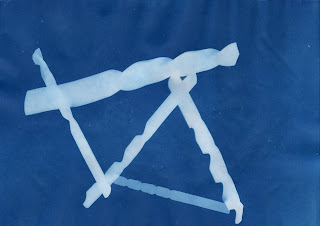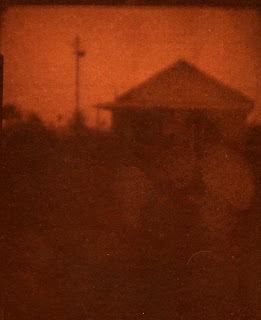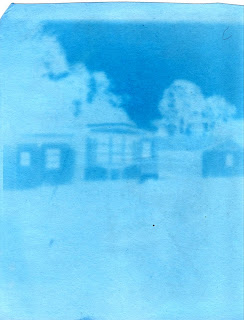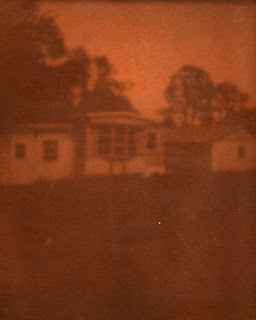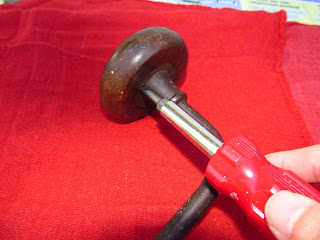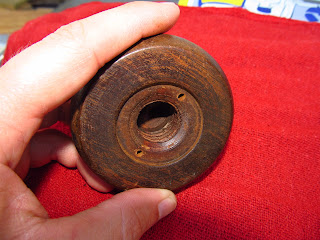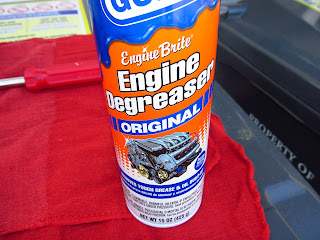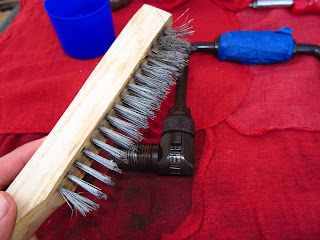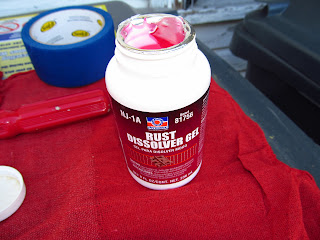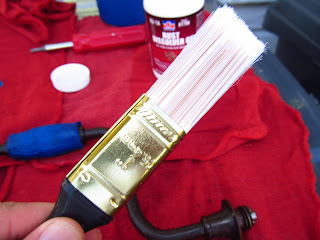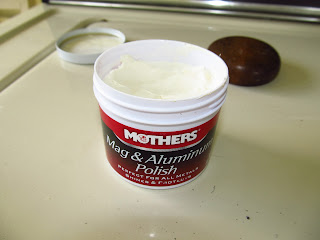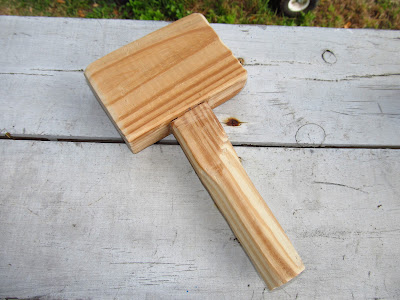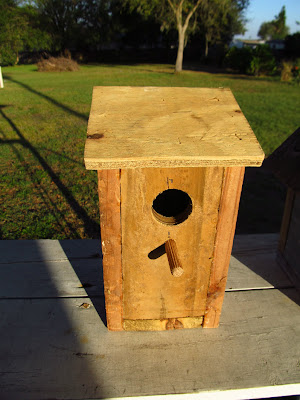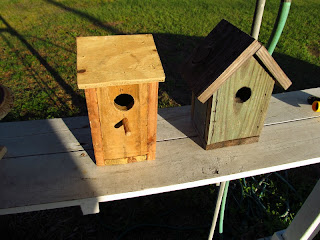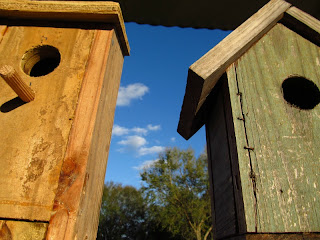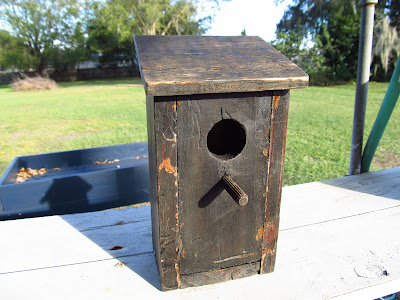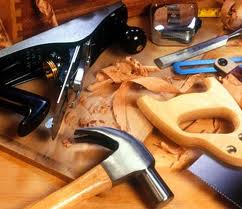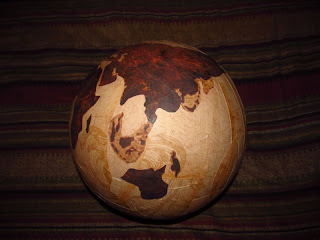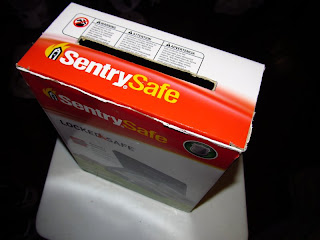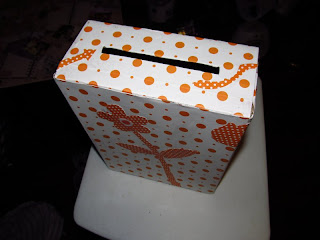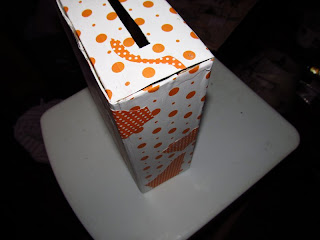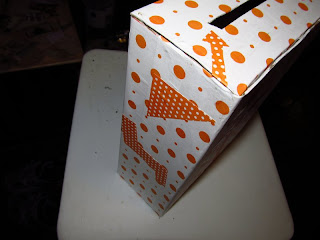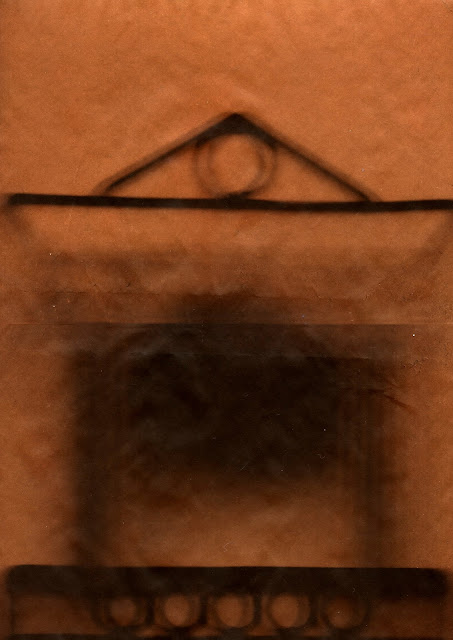 |
| This is a positive image of a contact print. The shape is of a decorative metal framework. |
Since photography and art are both hobbies of mine, I always like to experiment with different methods, techniques, and materials. One of those materials is called Sunprint Paper. Its very similar to blueprint paper. A light sensitive chemical is applied to paper, which when exposed to sunlight, changes from blue to white. By laying objects on the paper, only the areas exposed to the light change color. The image is fixed using plain tap water.
The process has been around for over a hundred and fifty years. Its called a Cyanotype. Cyan for the color blue it produces in the negative. The paper is only sensitive to UV light, so is easy to work with indoors (No darkroom required). The sensitivity of the paper is not very high, so it takes several minutes to produce a contact print. Originally contact prints were flowers and plants, since they are somewhat translucent to sunlight and a lot of detail shows in the image. But many other objects can be used to make cyanotypes as well.
To make a positive image, I scan the fixed image into the computer and use the negative image tool in my software to reverse the contrasts. The result is a nice Sepia tone. Recently though, I wondered if this paper would work in a camera. I knew the exposure times would be hours because it wasn't a direct contact print. I also knew that the subjects I took pictures of would have to reflect a good amount of UV or they wouldn't show up in the image. So I began to experiment.
I converted an old Polaroid camera to work with the paper. I started by cutting the paper to a size that would fit an empty polaroid cartridge. Next I removed the shutter mechanism from the camera so that it was open all the time. To control the exposure, I simply loaded the cartridge, and folded the flash down so that it covered the lens. After setting it up outside, I would flip the flash up and expose the paper. The results show that it is possible to get an image, though it does take hours of exposure time (A minimum of three). The images are very soft and when processed into the sepia positive, have a very dreamy appearance. Sometimes they look as if they're hundred and fifty year old daguerreotype's. I like the artistic quality of it. So here are some prints I've produced using both contact exposure and in camera exposure. I've included both negative and positive images.
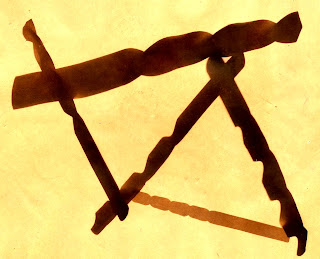 |
| This image is a contact print using a jumble of drill bits as a subect. |
